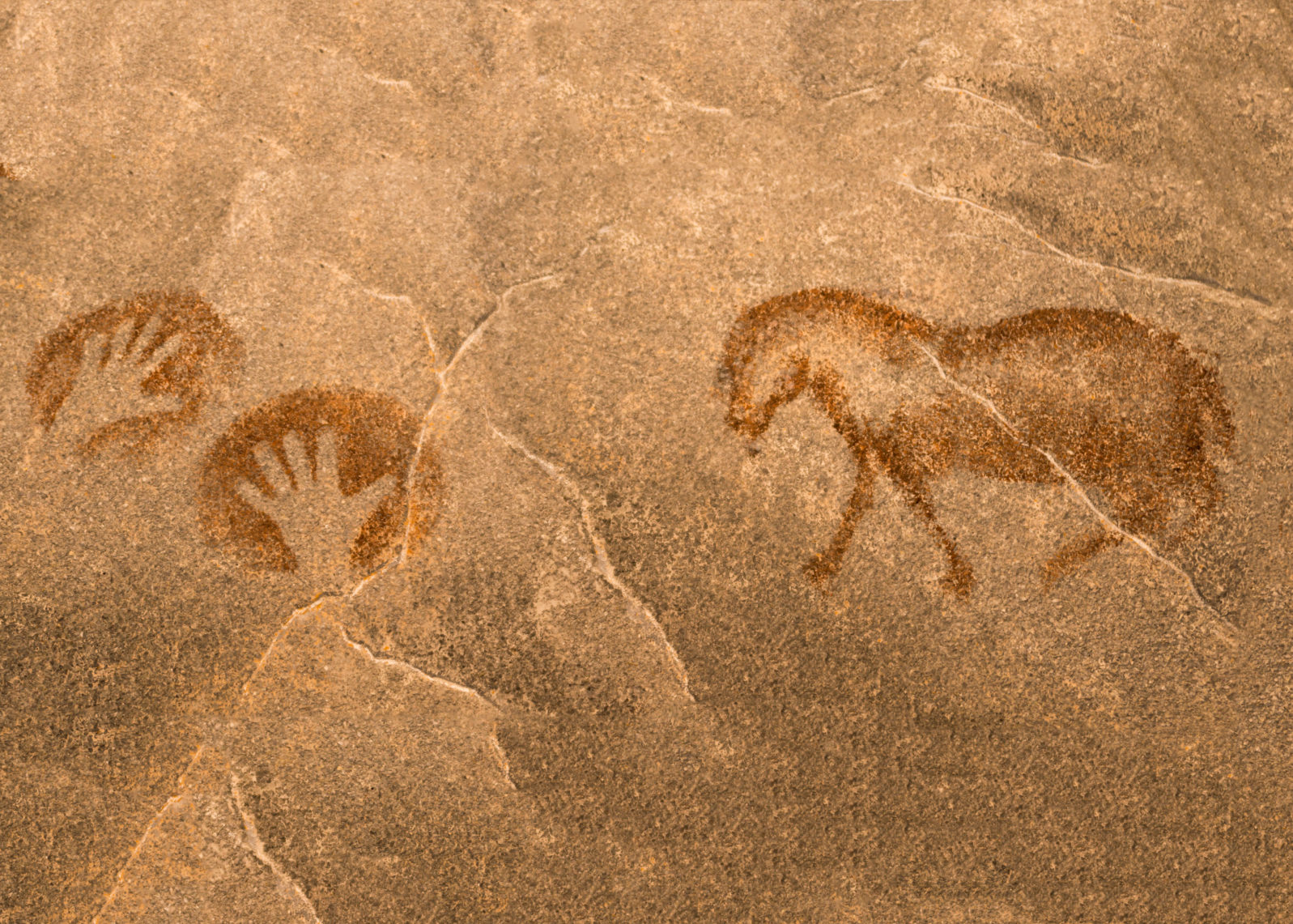Why Is Neanderthal Art Considered Controversial?
It makes sense that whenever humans started to wonder about life, we started to create art that helps us think about it.Science writer Michael Marshall, author of The Genesis Quest (2020), tells us that many paleontologists resist the idea that early humans called Neanderthals created any artworks. They prefer to attributed all such works to groups that arrived on the scene later. The trouble is, the dates are often hard to determine and the reasoning is sometimes circular. As Marshall puts it,
“People had assumed that they could tell the age of cave paintings by the style in which it was depicted,” says [Alistair] Pike. Ever since the first prehistoric art was found in the late 1800s, there has been a sense that art should evolve linearly: the oldest pieces should be extremely simple and abstract, with later ones becoming more technically skilled and creative. Hence the scepticism over Chauvet, despite the paintings having been carbon-dated.
(July 17, 2022)
Michael Marshall, “ When did humans start making art and were Neanderthals artists too?” at New Scientist
Curiously, the timeline didn’t work that way in the modern world. A quest for accuracy in rendering nature that started in the Stone Age has, in many places, been superseded by impressionism, pointillism, and abstract or found art.
And Chauvet, maybe over 30,000 BC?:
While the professional squabble rages, much of the public is unaware of how old much human artwork really is:
In a 2018 follow-up, Pike’s team dated the art in three more Spanish caves. The first was La Pasiega, which is in the same hill as El Castillo. A symbol made of red lines turned out to be at least 64,800 years old. The second was Maltravieso in western Spain, where a hand stencil proved to be at least 66,700 years old, making it the oldest cave art known in the world. Finally, some of the red paint on stalagmites in Ardales cave on Spain’s southern coast turned out to be at least 65,500 years old.
When I mentioned these dates to the holidaymakers in northern Spain, there were audible gasps.
Michael Marshall, “ When did humans start making art and were Neanderthals artists too?” at New Scientist (July 17, 2022)
Why the gasps? Because, if the work is that old, most likely, Neanderthals did it. And Neanderthals aren’t supposed to have been able to do that.

In closing, Marshall — who has the makings of his next book here — tells us,
Pike’s team has struggled to do additional dating in the past few years, partly because of the covid-19 pandemic and partly because “archaeologists who don’t want Neanderthals to have painted have basically banned us from taking samples”. However, he hopes that other groups will have more luck, eventually building up a rigorous timeline of cave art. He suspects art-making may stretch back to the unknown common ancestor we shared with Neanderthals, hundreds of thousands of years ago.
(July 17, 2022)
Michael Marshall, “ When did humans start making art and were Neanderthals artists too?” at New Scientist
It makes sense that whenever humans started to wonder about life, we began creating art that helps us think about it. So what’s the issue about Neanderthals? Some paleontologists may be heavily invested in a simple, linear idea of human evolution such that Neanderthals couldn’t do art but their later successors could.
Given that the immaterial human mind doesn’t lend itself to the same sort of study as bones and stones do, the certainty to which they cling to is likely written on sand or water.
In closing, we are offered Marshall’s First Law: “Never be surprised when something turns out to be older than you thought.”
We promise we won’t be. We await the next book.
You may also wish to read: New find pushes symbolic thinking further back in human history. A Neanderthal find from 51,000 years ago is another piece in the puzzle of the origin of abstract human thinking. The incisions on the bone could be a message or a charm but in any event they are instances of abstract thinking.
